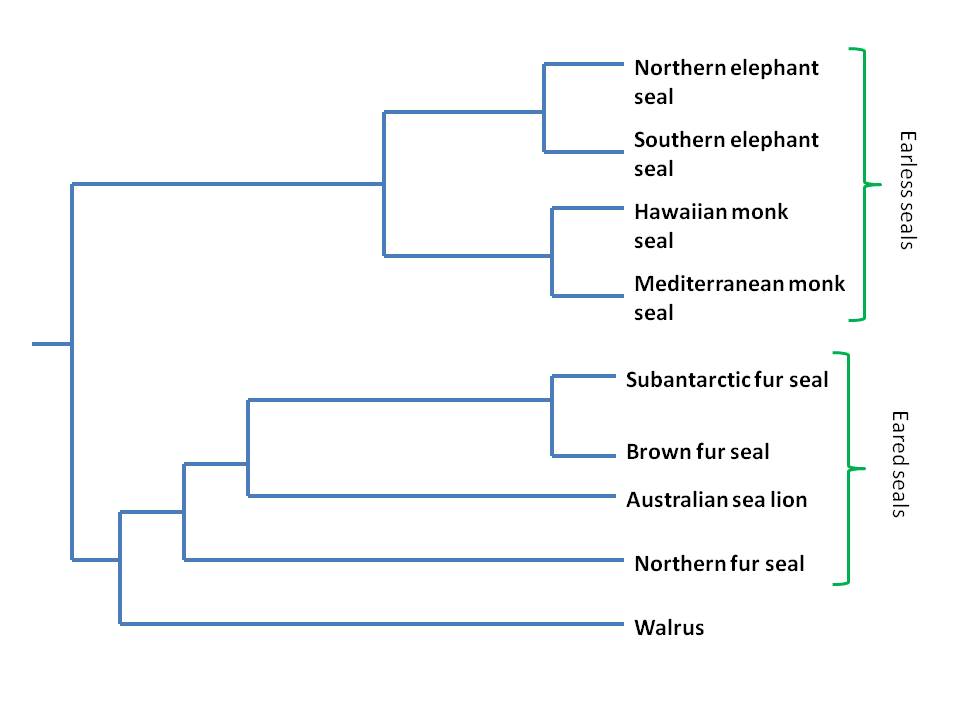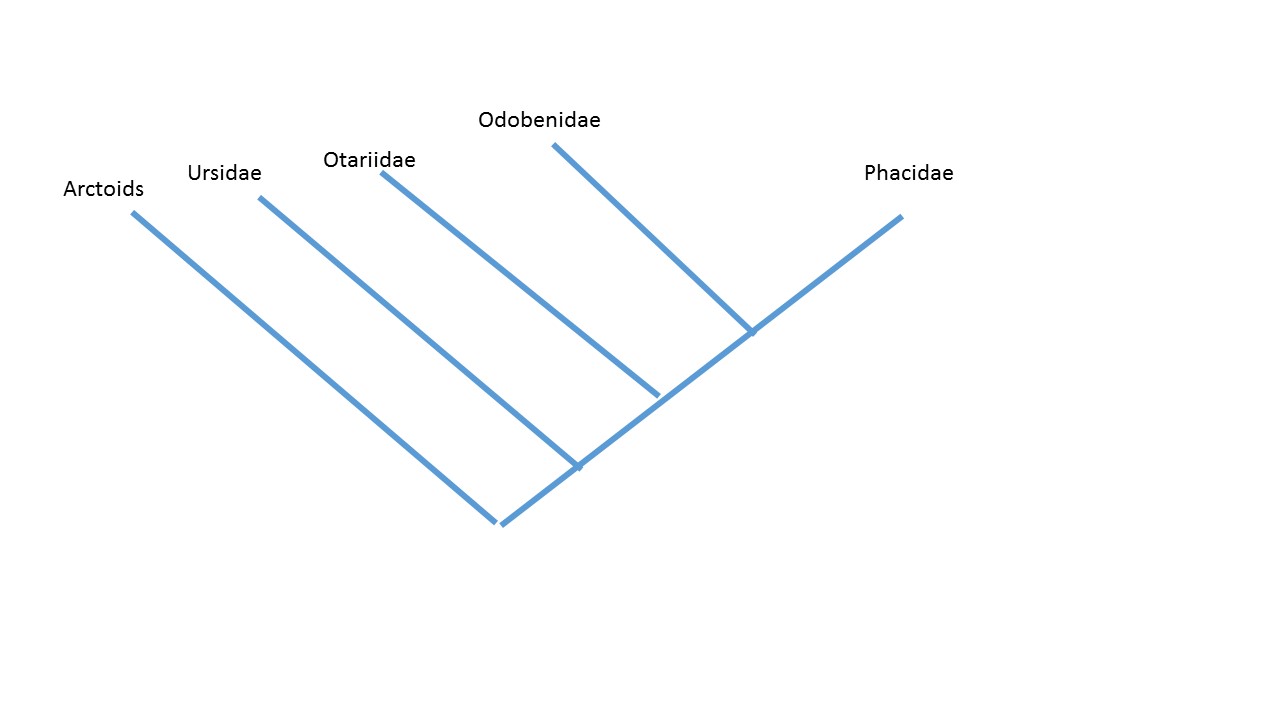Classification
Domain:
Eukarya
Walruses have membrane bound organelles and a nucleus which is where
genetic material is carried.
Kingdom:
Animalia
Walruses are multicellular which means they have many cells and are
heterotrophic which means they cannot make their of food , so they
have to obtain their food by hunting (Myers, P. 2001.).
Phylum:
Chordata
Walruses are vertebrates which means they have a vertebral column
and skeletal system for support. Also having a brain and
spinal cord. Walruses have a closed circulatory system. They have a
complete digestive system meaning they have two openings (one for
food going in the other for waste coming out. Walruses are
deuterostomes meaning they develop anus first instead of mouth first
(Myers, P. 2001.).
Class:
Mammalia
Walruses are warm blooded animals and have hair on their body.
Walruses also have mammary glands, which are glands that produce
milk for their young. They also have 3 middle ear bones which
helps with picking up vibrations from the eardrum into the inside of
the ear (Myers, P. 2001.).
Order:
Pinniped
Walruses have webbed flippers to move
through the water and on land and have whiskers to help with
obtaining food. They also have blubber to help with maintaining
their body heat (Hamilton, C. and B. Kitchen).

This is a the phylogeny of a walrus in the pinnipeds. It is
comparing the walrus against its other pinniped members the Earless
and Eared seals. Walruses are more closely related to Eared seals
than Earless seals.
Family:
Odobenidae
Walruses have back flippers that are able
to rotate to help with walking. Enlarged canine teeth that are
called tusks and do not have external ears (Hamilton, C. and B.
Kitchen).
Genus:
Odobenus
Literally means "tooth walker", they are
called this because of how they use their tusks to pull their body
up on top of ice (Sea World Parks and Entertainment).
Species:
Odobenus rosmarus
There are two different species of the walrus: Atlantic walrus and
the Pacific walrus. Of the two the Pacific walrus is bigger, has
tusks that reach greater lengths, and their skull is wider (U.S.
Fish and Wildlife Service. 1995; Sea World Parks and Entertainment).
 This
is a phylogeny of various species in the arctic regions.
This
is a phylogeny of various species in the arctic regions.